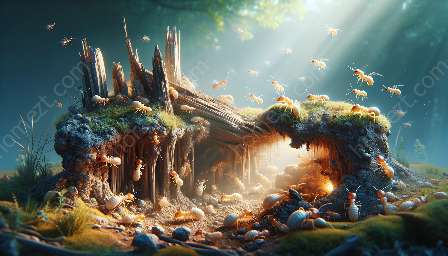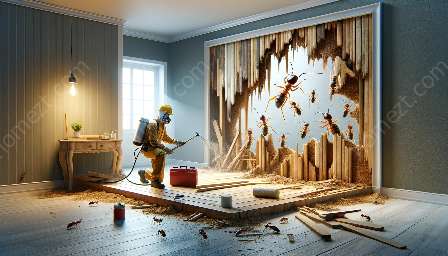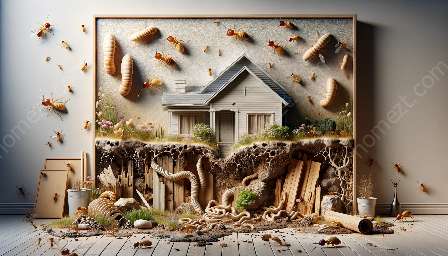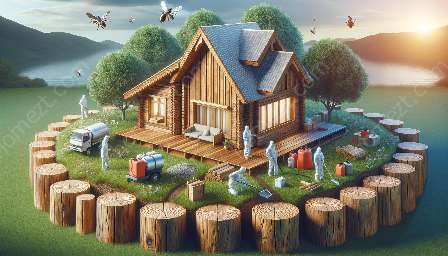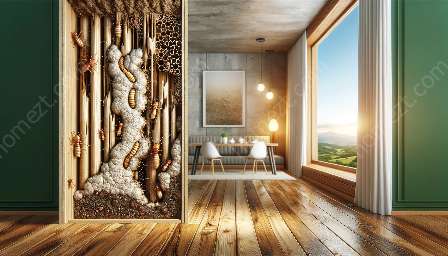Termite control in wooden structures is a critical aspect of pest management, as termites pose a significant threat to buildings and infrastructure. In this comprehensive guide, we will explore the various methods and techniques for effectively controlling termites in wooden structures, the importance of pest control in addressing termite infestations, and the preventative measures that can be taken to minimize the risk of termite damage.
The Threat of Termites in Wooden Structures
Termites are known for their destructive behavior, particularly in wooden structures. They feed on cellulose, the main component of wood, and can cause extensive damage if left unchecked. The threat of termite infestation is a serious concern for homeowners, property managers, and builders, as it can compromise the structural integrity of buildings and lead to costly repairs.
The Importance of Pest Control
Pest control plays a crucial role in managing termite infestations and preventing further damage to wooden structures. Effective pest control strategies not only address existing termite populations but also aim to prevent future infestations through proactive measures.
Preventative Measures
Prevention is key when it comes to termite control in wooden structures. Implementing proactive measures can help minimize the risk of termite infestations and reduce the likelihood of extensive damage. Some common preventative measures include:
- Regular inspections: Conducting regular inspections of wooden structures to identify early signs of termite activity is essential for proactive pest management.
- Moisture control: Termites are attracted to moisture, so maintaining proper moisture levels in and around wooden structures can deter infestations.
- Sealing cracks and crevices: Closing off potential entry points for termites can help prevent them from accessing wooden structures.
- Using termite-resistant materials: Incorporating termite-resistant materials in construction and renovation projects can help mitigate the risk of termite damage.
Treatment Options for Termite Control
When termite infestations are detected, prompt action is essential to minimize the damage. There are several treatment options available for termite control in wooden structures, including:
- Chemical barriers: The application of liquid termiticides to create a barrier around wooden structures can prevent termite infestations.
- Baiting systems: Bait stations can be strategically placed to attract termites and eliminate entire colonies.
- Wood treatments: Using wood preservatives and treatments can protect wooden structures from termite damage.
Professional Assistance
Seeking professional assistance from pest control experts is recommended for effective termite management in wooden structures. Pest control professionals have the knowledge, experience, and resources to assess the extent of termite infestations and implement targeted strategies for control and prevention.
By addressing termite control in wooden structures proactively and leveraging the expertise of pest control professionals, the risk of termite damage can be significantly reduced, preserving the longevity and integrity of wooden buildings and infrastructure.


